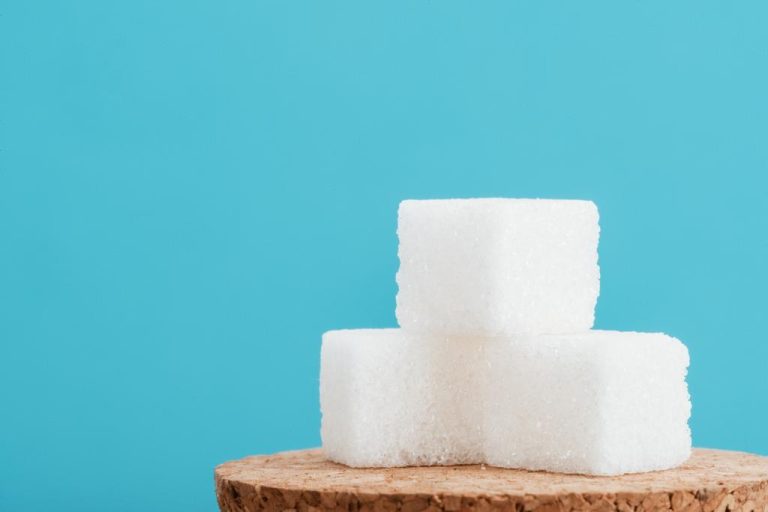Without dextrose, also called glucose, we could not live. Here you can find out why you should still only take it in moderation.
Have you ever eaten glucose before an exam or before exercising to get more energy? In fact, glucose is the body’s primary source of energy. Every cell needs glucose to work and survive – according to the health portal netdoktor.de, your brain alone uses over 100 grams per day.
This is how glucose gets into our body
When you eat a glucose candy, the sugar immediately enters your bloodstream through your digestive tract. There, the hormone insulin ensures that the glucose is distributed to the cells of your body. If there is anything left after that, your body stores the glucose in the form of glycogen. In the liver, he can store the glycogen for a few hours and access it again when needed.
In order to supply your body with glucose, you do not have to eat it in its pure form. According to netdoktor.de, your body can produce glucose from other carbohydrates, proteins and possibly also from fatty acids. For example, glucose is a building block of normal table sugar (sucrose) and lactose. The substance is also found in more complex carbohydrates, such as those found in whole grains. When you chew carbohydrate foods, your body is already making glucose.
If you are healthy, you can hardly eat too little glucose. The only important thing is in which form you take the glucose.
Better to let the body produce glucose
When you eat a glucose candy, the glucose enters your body the fastest way. Your body doesn’t have to make them from other carbohydrates first. Your blood sugar level rises quickly and your cells get energy.
Once the glucose has been redistributed, it’s no longer in the blood—meaning your blood sugar levels go down as fast as they went up. Your body now needs new energy – and you get hungry. If you constantly give in to this feeling of hunger, it can lead to you consuming too many calories over a long period of time.
The so-called “glycemic index” (GI) shows you how quickly your blood sugar level rises and falls as a result of a food. Pure glucose has the highest glycemic index: 100. It is much lower in whole grains, dairy products and most fruits. Your body must first produce glucose from these foods. That’s why your blood sugar level rises more slowly and less strongly – and also falls more slowly again. So you are full longer.
Fast Glucose: Are High GI Foods Unhealthy?
It has not yet been proven whether foods with a high glycemic index actually increase the risk of obesity, diabetes and other diseases. In addition, the glycemic index is not a fixed quantity: if you combine foods with a high glycemic index with fats or proteins, these ensure that your body absorbs glucose more slowly.
Ultimately, you should eat whole, varied meals rather than isolated stuff. In this way you stay full longer and not only supply your body with glucose, but also with many other important nutrients and roughage.

